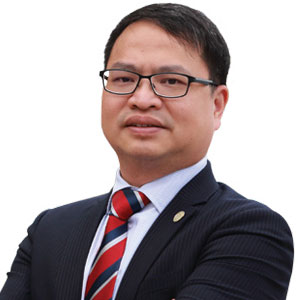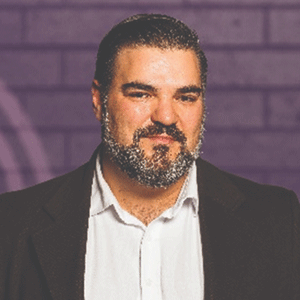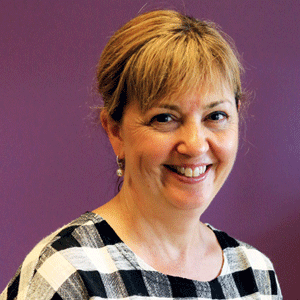THANK YOU FOR SUBSCRIBING

University Technology Transfer: Transforming Ideas into Impact
Ching Shya Lee, Technology Transfer Manager, University of Malaya


Ching Shya Lee, Technology Transfer Manager, University of Malaya
Dr. Ching Shya, who holds dual PhDs in Chemical Engineering, is a Registered Technology Transfer Professional (RTTP) and currently serves as the Technology Transfer Manager at the University of Malaya's Centre of Innovation and Enterprise. She oversees IP management, commercialization, and industry-academia collaborations. She has facilitated over 40 IP deals, coached 28 startups and managed 50 industry partnerships, advocating for innovation.
Through this article, Dr. Ching Shya Lee explores the pivotal role of university tech transfer offices in bridging the gap between research and real-world applications. Dr. Lee highlights the Centre of Innovation and Enterprise’s mission to support researchers in translating their innovations into societal benefits, from intellectual property licensing to startup creation.
The funding gap between technology development and market readiness remains a challenge, but securing grants and forming strategic industry partnerships are key to overcoming it.
Universities are crucial players in driving technological advancements, with the university technology transfer office playing a central and impactful role in this process. This office bridges the gap between groundbreaking research and real-world applications, making my journey in this field both challenging and rewarding.
The Role of the University Tech Transfer OfficeAt the University of Malaya Centre of Innovation and Enterprise (UMCIE), our mission is to support researchers in translating their innovations into applications that benefit society. We identify promising technologies, protect intellectual property (IP), seek licensing opportunities and support the creation of startups. This role keeps me at the forefront of new innovations across various fields, blending academic research with business development. Beyond IP management, I work closely with startups to navigate the complexities of bringing ideas to market and overseeing collaborations between academia and industry.
Strategies for Commercializing University Technologies
Our office employs various strategies to commercialize university technologies, tailored to the unique potential of each innovation.
Intellectual Property Licensing: Licensing is a common strategy where companies are granted rights to utilize university-developed technologies in exchange for financial compensation. For instance, we recently licensed a wearable medical device, MYEMG, developed by Professor Fatimah Ibrahim, to Nonivasi Care Sdn Bhd. MYEMG remotely monitors muscle activity in patients with low back pain, providing a data-driven way to track rehabilitation. This device reduces healthcare costs by enabling remote monitoring, particularly benefiting those in rural areas. The commercialization of MYEMG also contributes to the local economy by creating jobs and stimulating growth in the healthcare technology sector.
Startup Creation: When a technology has market-disruptive potential, we support the formation of startups. A notable example is Xcess Pressure Sdn. Bhd., a spin-off from our UM Deep Tech (UMDT) Accelerator Programme, a program designed to bridge the funding gap from lab proof-of-concept (PoC) research to market with ‘validated assumptions market-ready prototypes.’ Dr. Iswadi Jauhari, the founder of Xcess Pressure, developed SuperButterfly, an in-pipe hydropower generator that harnesses excess water pressure in pipelines to produce carbon-free electricity. This innovation supports urban areas with limited space and high energy demands, aligning with Malaysia’s National Energy Transition Roadmap (NETR), which aims to achieve 70 percent renewable energy by 2035. The pilot project between the local water operator and Xcess Pressure, with the potential to generate 420,000 kWh annually and save approximately 327 tonnes of CO2 emissions, exemplifies how innovative technology can support sustainability goals while contributing to economic development.
Challenges and Future Directions
While the work of a tech transfer office is fulfilling, it comes with challenges, notably the funding gap between technology development and market readiness. Addressing this requires creative solutions, such as securing grants, attracting venture capital and forming strategic industry partnerships. The evolving landscape of technology transfer further presents both challenges and opportunities. Digital tools and platforms are increasingly vital for managing IP portfolios and connecting with industry partners. Our office is dedicated to staying ahead of these trends and refining our strategies to better support researchers and collaborators.The Malaysian government’s strategic framework, which provides a robust foundation for our activities, supports our efforts. The National Industrial Masterplan 2030 focuses on sustainable manufacturing and digital transformation—areas where we are actively involved. By fostering collaboration between academia and industry, the government aims to enhance research and development (R&D) and innovation, crucial for successfully commercializing university technologies.
Conclusion
Reflecting on my journey in university technology transfer, the profound impact of this work on society becomes clear. By turning academic research into real-world applications, we contribute to technological advancements that improve lives, create jobs and drive economic growth, all while supporting the nation’s sustainable development goals. As we move forward, continued innovation and collaboration between universities and industry will be crucial. There is immense potential to be unlocked, and by working together, we can ensure that the ideas born in our universities make a lasting impact on the world.
Weekly Brief
I agree We use cookies on this website to enhance your user experience. By clicking any link on this page you are giving your consent for us to set cookies. More info
Read Also













